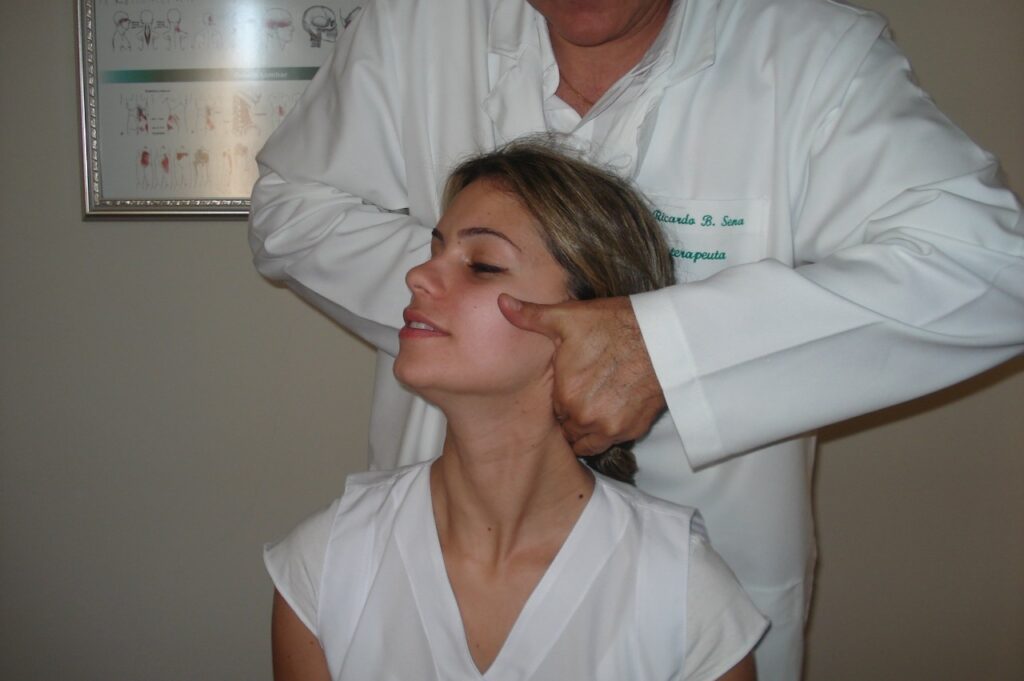Who can get a chiropractic adjustment?
A chiropractic adjustment is an effective treatment option for all ages, including both children and adults. The most common age range for someone to seek chiropractic care is between 45 and 64 years old. It’s more common for people assigned female at birth rather than people assigned male at birth to visit a chiropractor.
You should receive a screening before a chiropractic adjustment to ensure that you’re a good candidate for chiropractic care. If chiropractic care is not appropriate for your condition, your chiropractor will refer you to another healthcare provider to help you.
PROCEDURE DETAILS
What happens before a chiropractic adjustment?
At your first visit, your chiropractor will discuss your medical history and perform a physical exam. If needed, they’ll order diagnostic imaging tests done to understand more about your musculoskeletal system including:
X-rays.
Computed tomography (CT) scan.
Magnetic resonance imaging (MRI) scan.
After learning more about your symptoms and what might be causing your discomfort, your chiropractor will develop a unique treatment plan based on exam findings and the results of your tests.
What happens during a chiropractic adjustment?
During a chiropractic adjustment, your chiropractor will offer treatment that is unique to meet your needs.
You will lie face down on a chiropractic table that allows certain parts of your body (divided into segments) to lift slightly higher than the rest, which helps your chiropractor apply pressure to a specific area.
Your chiropractor will use their hands or small instruments to apply a quick, controlled force (amount of pressure) to a joint or they will gently stretch your joints beyond their normal range of motion. This helps align the vertebrae in your spine if they were slightly off-center and release gases trapped within your joints.
What is the popping sound I hear during a chiropractic adjustment?
You may feel and hear a popping or cracking sensations during a chiropractic adjustment. These are gases, like oxygen, nitrogen and carbon dioxide, released from your joints. Gas gets trapped in small cavities of your joints when you move and stretch. While this gas release may be more apparent during a chiropractic adjustment, you experience a similar sound when you crack your knuckles.
Does a chiropractic adjustment hurt?
Chiropractic adjustments offer little to no pain during a procedure, similar to what you might feel after a workout. You will not feel severe pain during a chiropractic adjustment. Your chiropractor will apply a controlled amount of force (pressure) to your joints, which creates a cracking or popping noise as the gas leaves your joints. While this may sound painful, it doesn’t feel painful.
What happens after a chiropractic adjustment?
After a chiropractic adjustment, you might feel mild soreness or have very minor aches in areas of your body that your chiropractor worked on. This feeling usually goes away within 24 hours and rarely affects people who see a chiropractor regularly.
After your appointment, your chiropractor might recommend “homework” for you to extend your therapy after an adjustment.
These recommendations might include:
• Exercises and stretches.
• Proper ergonomics for improving your posture.
• Icing/heat therapy or topical analgesics.
• Advice on nutrition, diet, weight or general health.
• Ways to manage stress and relax muscles.
• Electrical muscle stimulation using transcutaneous electrical nerve stimulators (TENS).
RISKS / BENEFITS
What are the benefits of a chiropractic adjustment?
There are several benefits of a chiropractic adjustment including:
• Helps minimize migraines and neck-related headaches.
• Improves your posture.
• Reduces pain and improves range of motion of your spine and other joints.
• Reduces symptoms of chronic conditions like osteoarthritis.
• Treats minor neck or spine injuries, especially whiplash.
• What are the side effects or complications of a chiropractic adjustment?
After a chiropractic adjustment, you may feel tired or sore. Some people might get mild headaches after a chiropractic adjustment. These side effects are temporary.
In rare cases, chiropractic care may cause serious complications such as:
• Herniated disks.
• Pinched nerves in the lower spine (cauda equina syndrome).
• Stroke.
You have a higher risk of side effects or complications if you have adjustments from people who aren’t trained and licensed. Only a licensed, professional chiropractor should treat you.
Source: https://my.clevelandclinic.org/health/treatments/21033-chiropractic-adjustment



